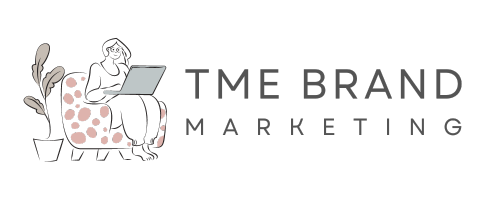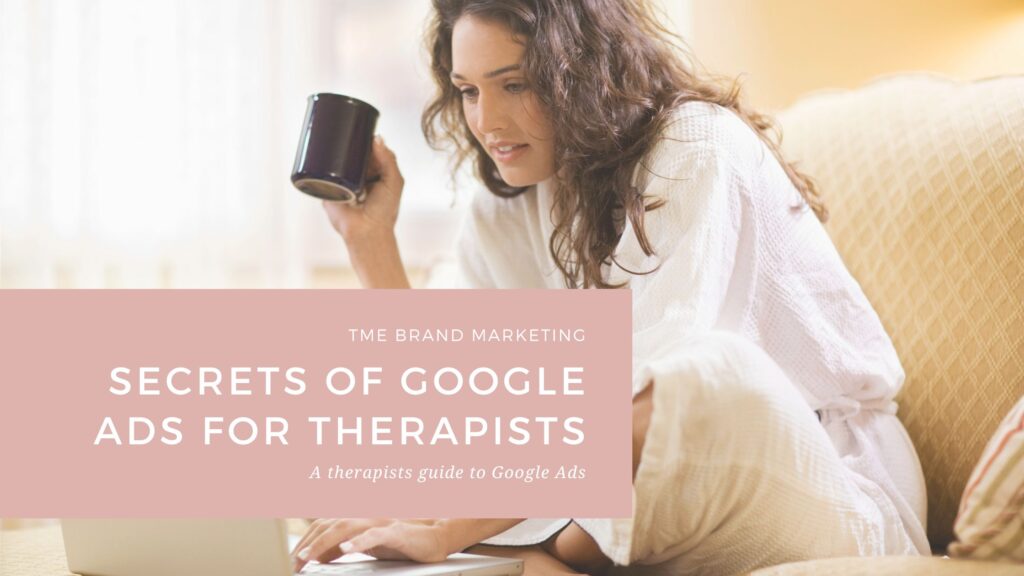Secrets of Google Ads for Therapists
Google Ads stands as a powerhouse in online advertising for therapists. Google Ads offers therapists a powerful tool to connect with potential clients and build a thriving practice. However, successfully navigating Google Ads involves more than just creating compelling ads. These are the lesser-known tips and strategies tailored for therapists running Google Ads, including avoiding unnecessary ad adjustments and understanding the time it takes to establish momentum.
Let’s Talk Numbers: Google Ads is like the cool kid in digital marketing, hanging out with a whopping 246 million unique visitors every month. It’s not just about popularity; businesses are doubling down, earning $2 for every $1 spent. Imagine this: 8 out of 10 internet users catch ads on Google’s Display Network every day, and 65% of small B2B companies are gaining customers. Click here to view the source and more statistics. But what they don’t tell you, is there are a lot of nitty gritty things you need to know to make your ad campaign successful.
The Silent Dance with Google's Creepy Crawlies
Therapists may not be aware that frequent adjustments to their Google Ads can initiate a subtle dance with Google’s crawling mechanism, often referred to as “creepy crawlies.” These crawlers analyze and index web pages to determine their relevance for search queries.
Constantly tweaking ads sends signals to these crawlers, prompting them to reevaluate and restart the indexing process. This can negatively impact the visibility of therapist ads, as the algorithm needs time to gather sufficient data for accurate assessment. To maintain a smooth process, therapists are advised to allow their ads to run for an appropriate period (we suggest 6-12 weeks) before making significant adjustments.
In simple terms: don’t touch your ad copy after you start running ads because you will restart the process of showing up on Google since their crawlies will stop and reevaluate the new information you just entered.
If you need help assessing how you appear online, click here to book a digital audit with us.
Therapeutic Patience: Viewing Google Ads as a Long-Term Strategy
Therapists engaging with Google Ads must recognize it as a marathon rather than a sprint. Building momentum and achieving sustained success with Google Ads requires a patient and long-term perspective.
Understanding the time it takes for Google Ads to gather data, optimize delivery, and gain traction is crucial for therapists. Abrupt changes and impatience can disrupt this process and hinder the performance of therapy-focused campaigns. Giving campaigns the time they need to gather data and optimize contributes to the long-term success of Google Ads for therapists.
Quality Score: The Silent Therapeutic Ally
While bid amounts and keywords often take center stage, therapists should not overlook the silent yet powerful ally – Quality Score. Google assigns a Quality Score to each keyword, considering factors like ad relevance, landing page experience, and click-through rate.
Improving the Quality Score can significantly impact the visibility and cost-effectiveness of therapist ads. Ensuring ad copy relevance to keywords and maintaining a user-friendly landing page experience are crucial. Regularly reviewing and refining keywords helps therapists uphold a high Quality Score, directly influencing the positioning and success of their therapeutic ads.
Negative Keywords for Therapists
Selecting relevant keywords is vital, but therapists must also identify and exclude irrelevant or non-converting keywords. Enter negative keywords – a powerful tool allowing therapists to specify terms for which they don’t want their ads to appear.
Regularly reviewing and updating the list of negative keywords prevents therapist ads from being triggered by irrelevant searches, preserving the budget for more promising opportunities. This strategic use of negative keywords enhances the precision of targeting, ensuring therapist ads reach the most relevant audience.
Ad Extensions: Enhancing Visibility and Connection for Therapists
Ad extensions are a valuable yet often underutilized tool for therapists within Google Ads. Many therapists may miss out on opportunities to enhance ad visibility and improve click-through rates by not fully leveraging this feature.
Experimenting with various ad extensions, such as site link extensions, callout extensions, and structured snippet extensions, allows therapists to provide users with more reasons to click on their ads. Ad extensions not only improve user experience but also contribute to a higher Quality Score, positively impacting the overall performance of therapist ads.
Working with TME Brand Marketing
For therapists venturing into the world of Google Ads, success lies in a strategic approach that combines planning, patience, and an understanding of the platform’s nuances. By avoiding unnecessary adjustments, adopting a long-term perspective, focusing on Quality Score, utilizing negative keywords, and maximizing ad extensions, therapists can unlock the full potential of their Google Ads campaigns. Google Ads is not just about creating ads; it’s about crafting a comprehensive strategy, allowing therapy campaigns the time they need to flourish and staying informed about the often-overlooked aspects that can make a significant difference in online advertising endeavors.
If you need help crafting your Google Ads strategy, contact us today.


